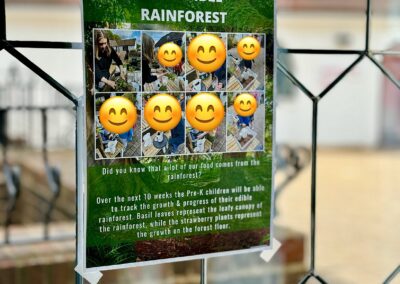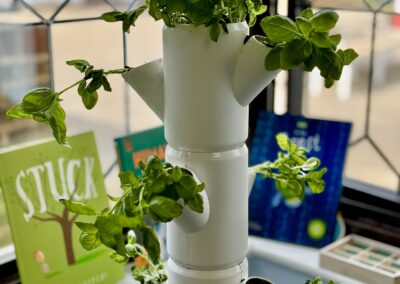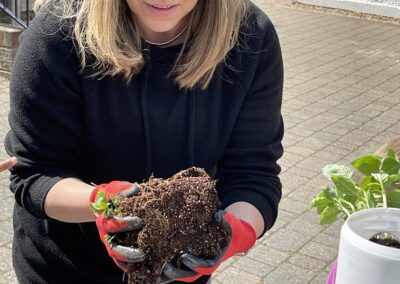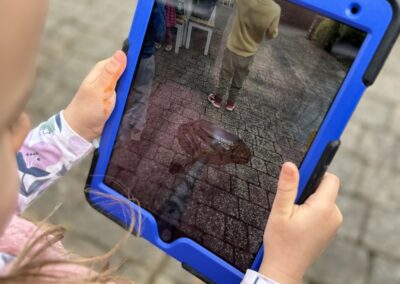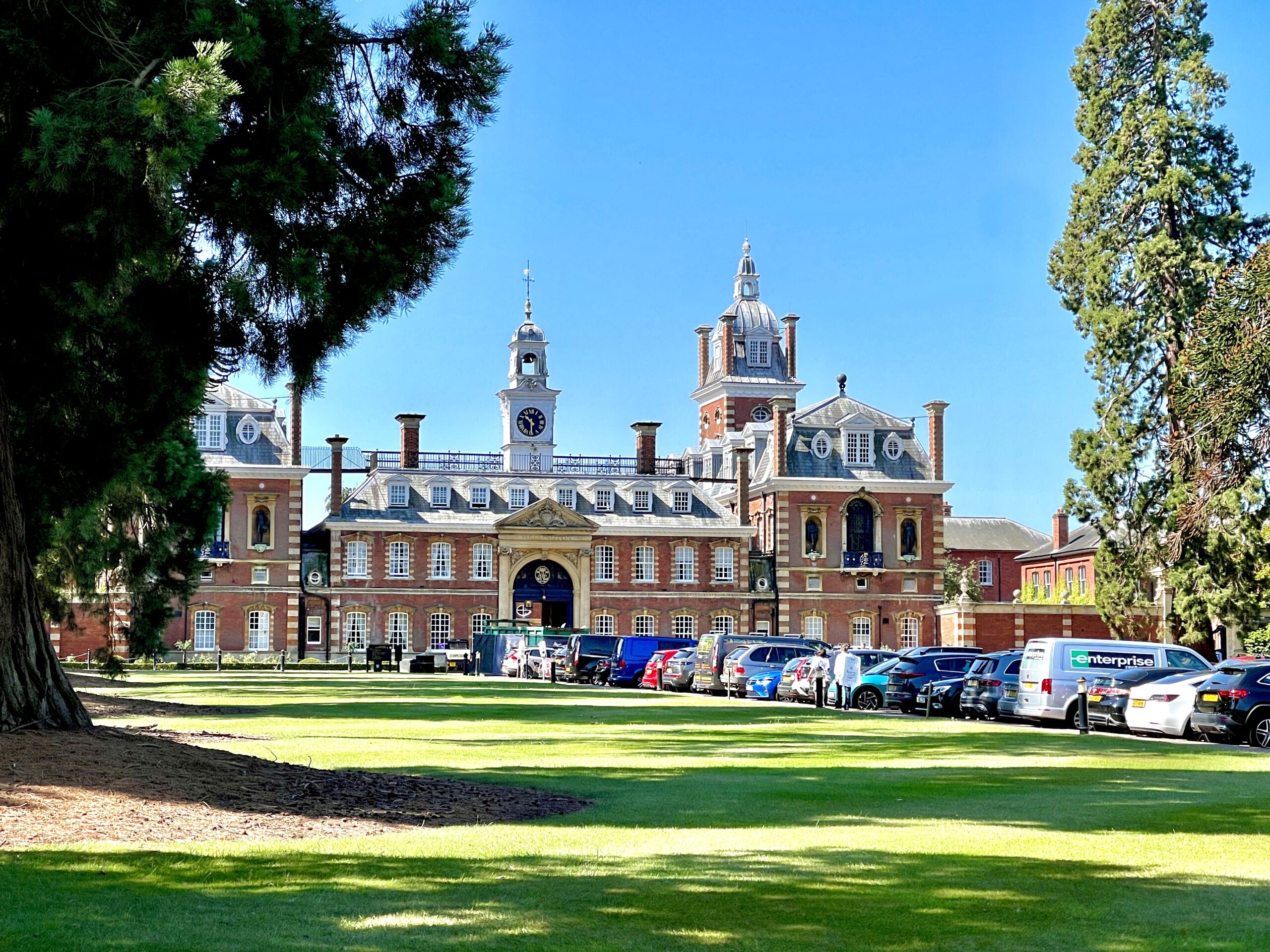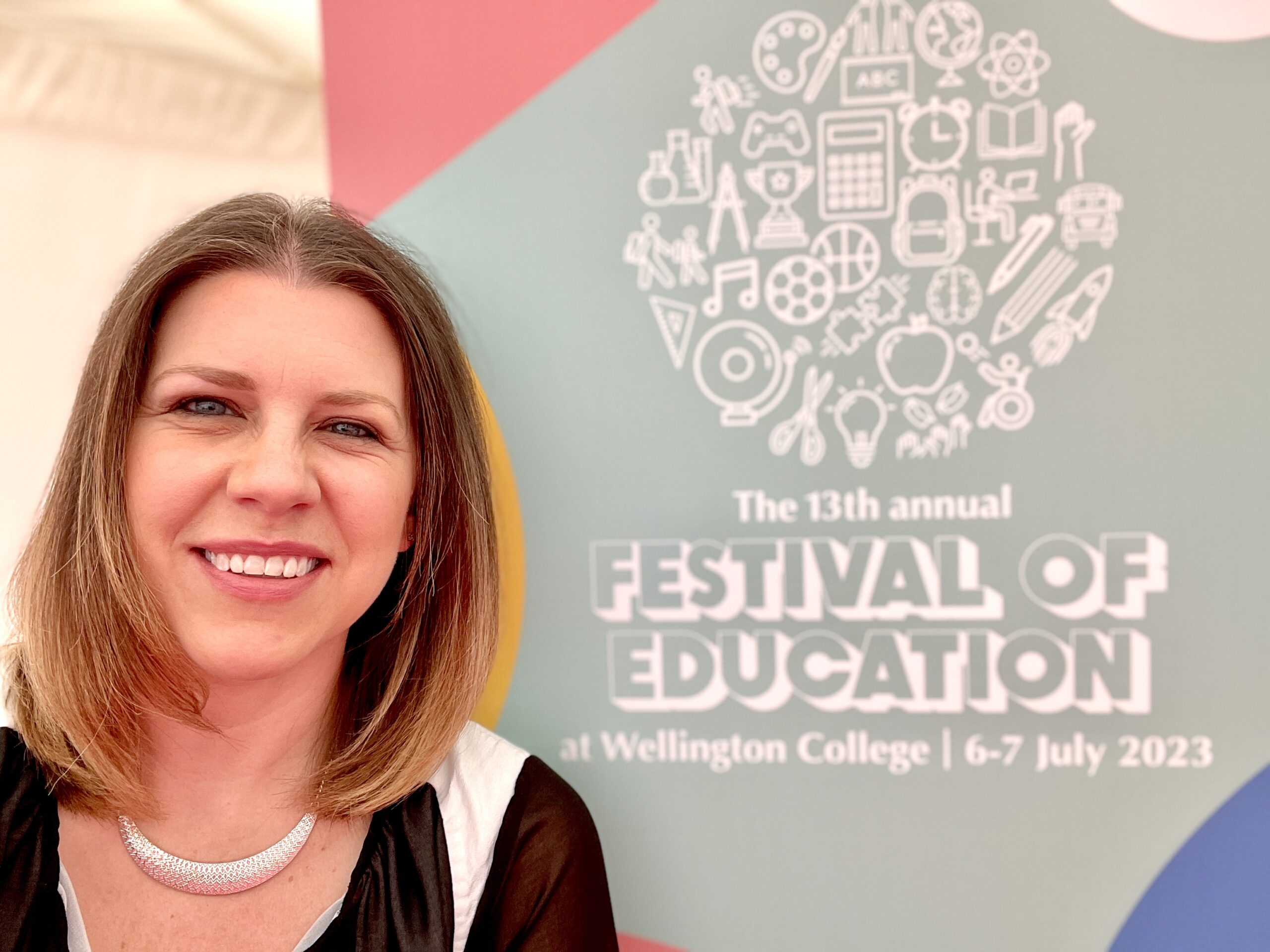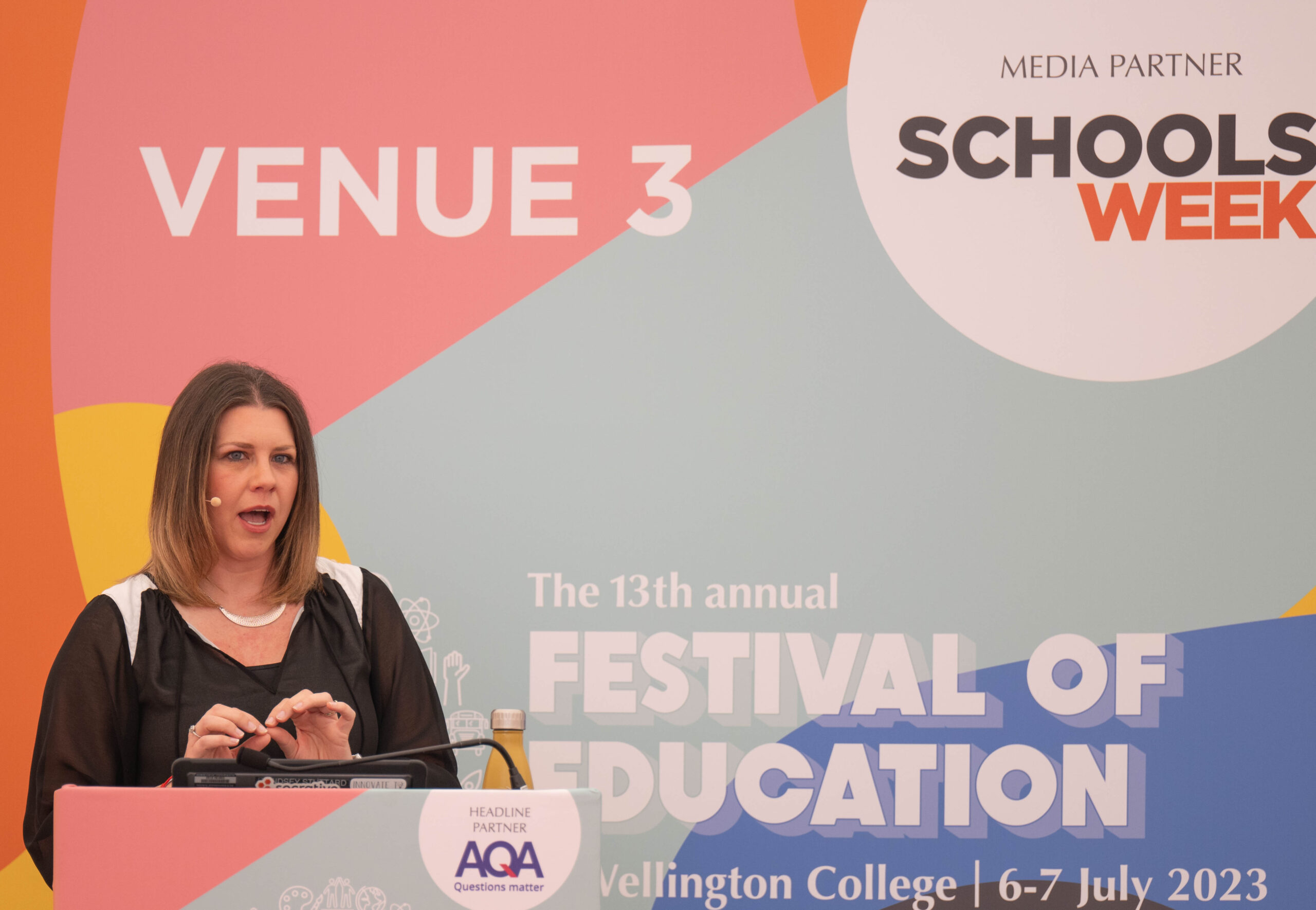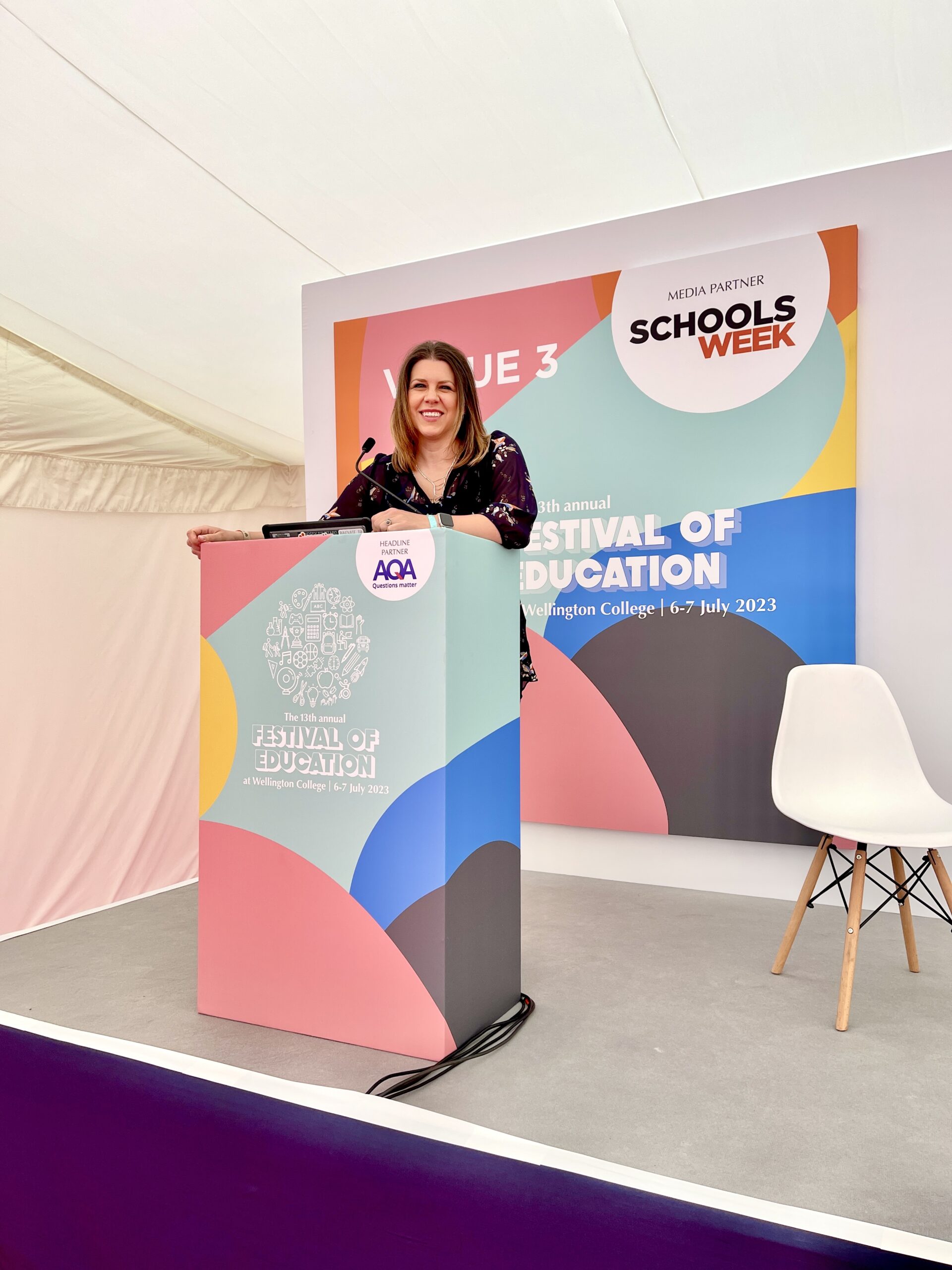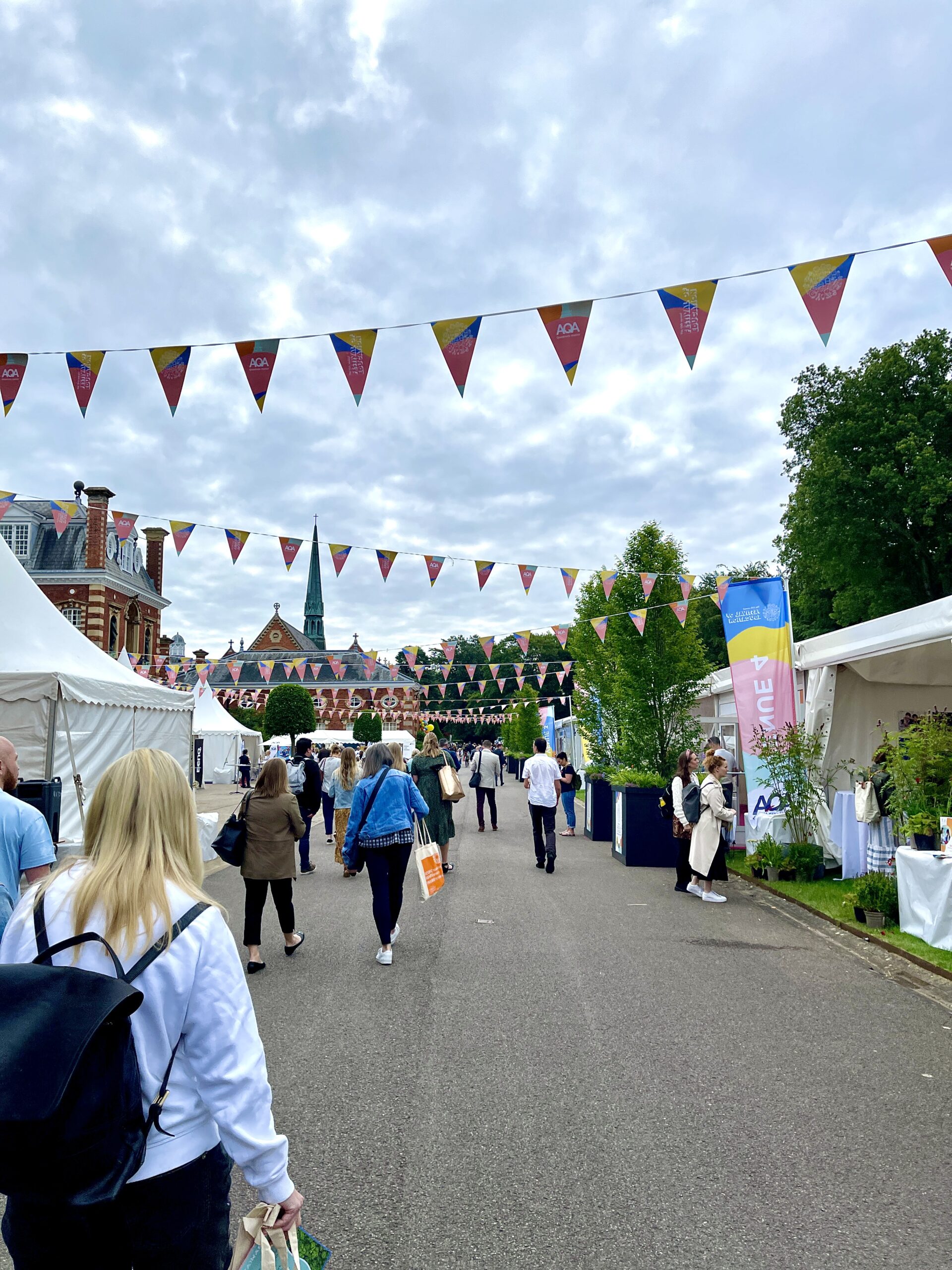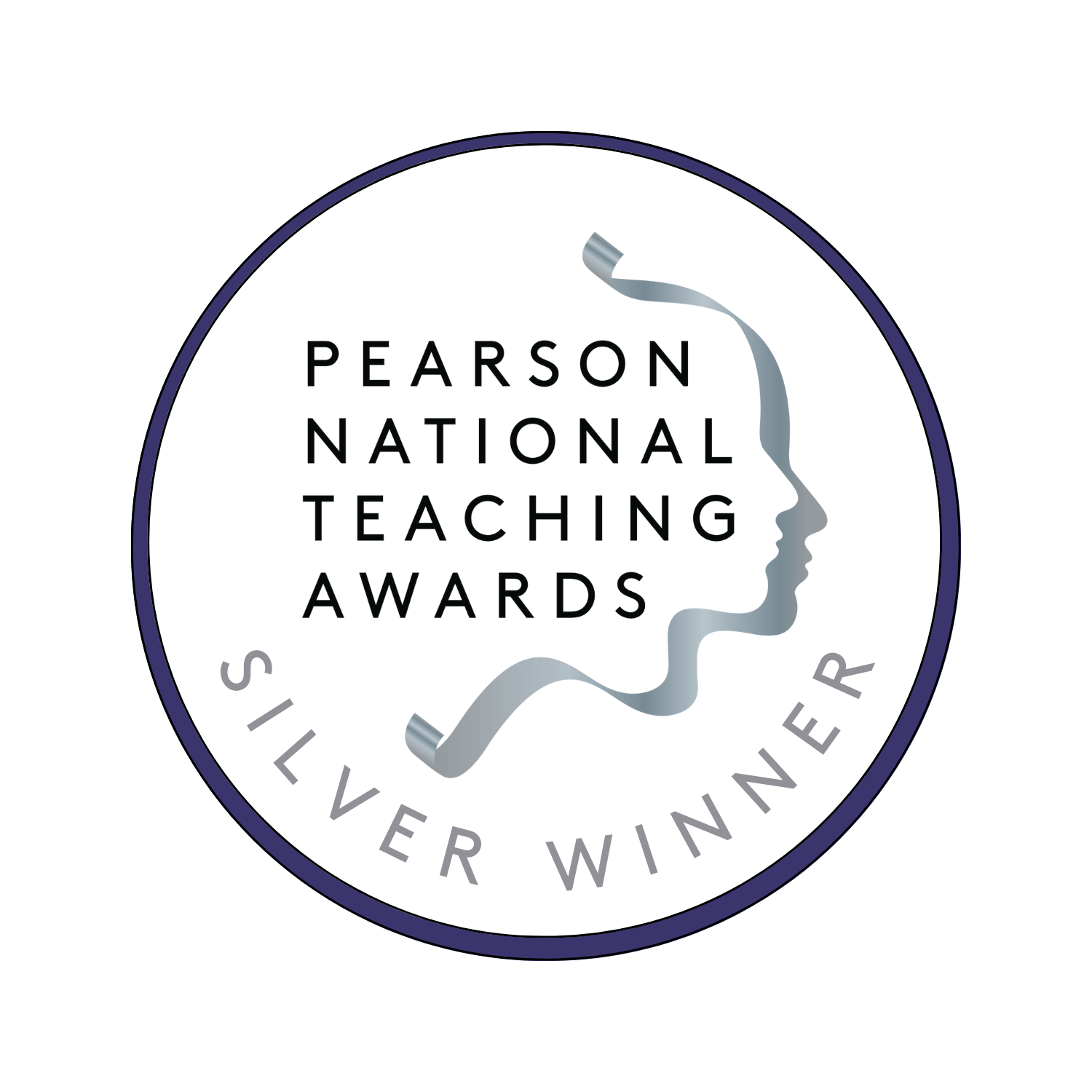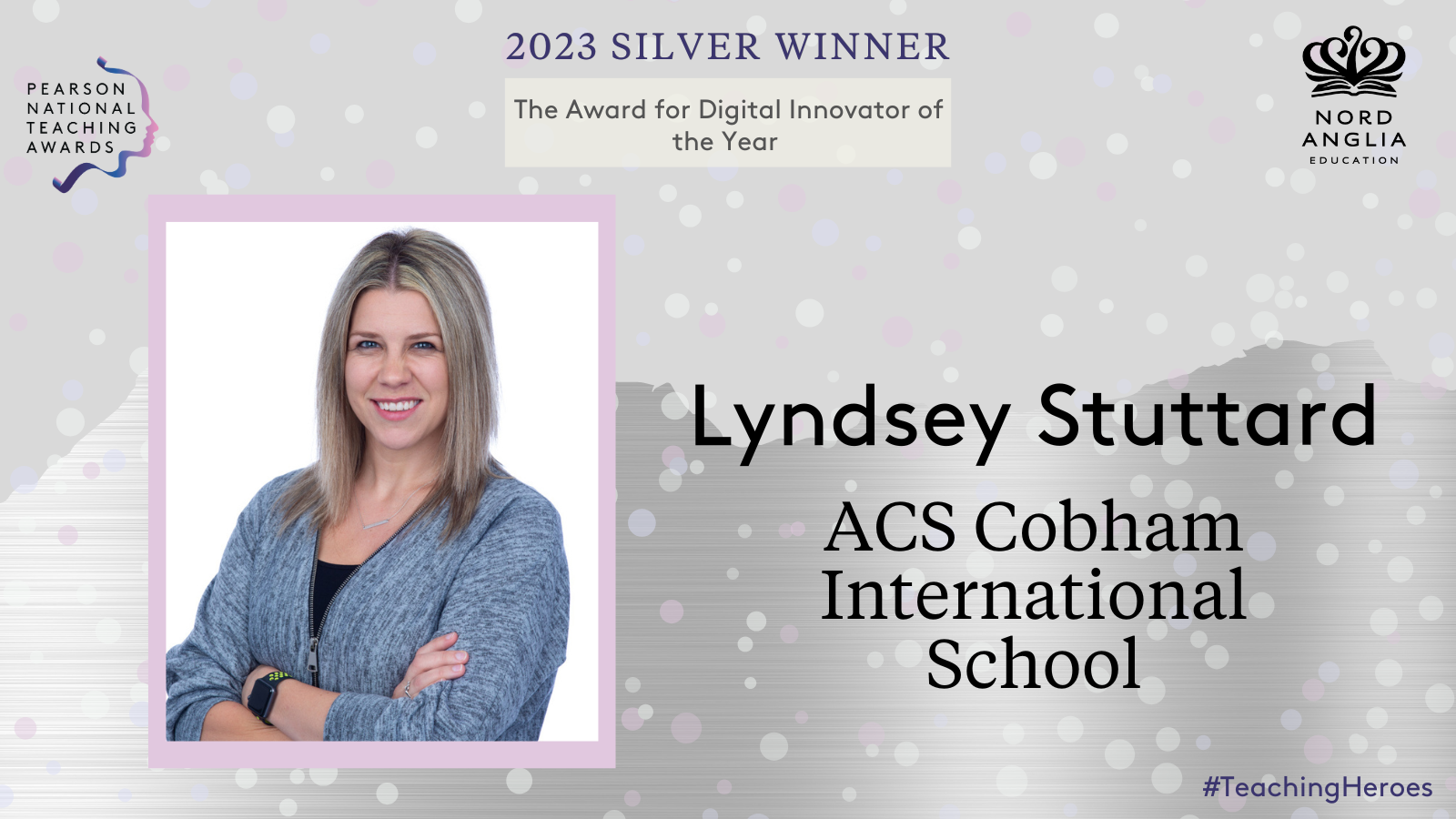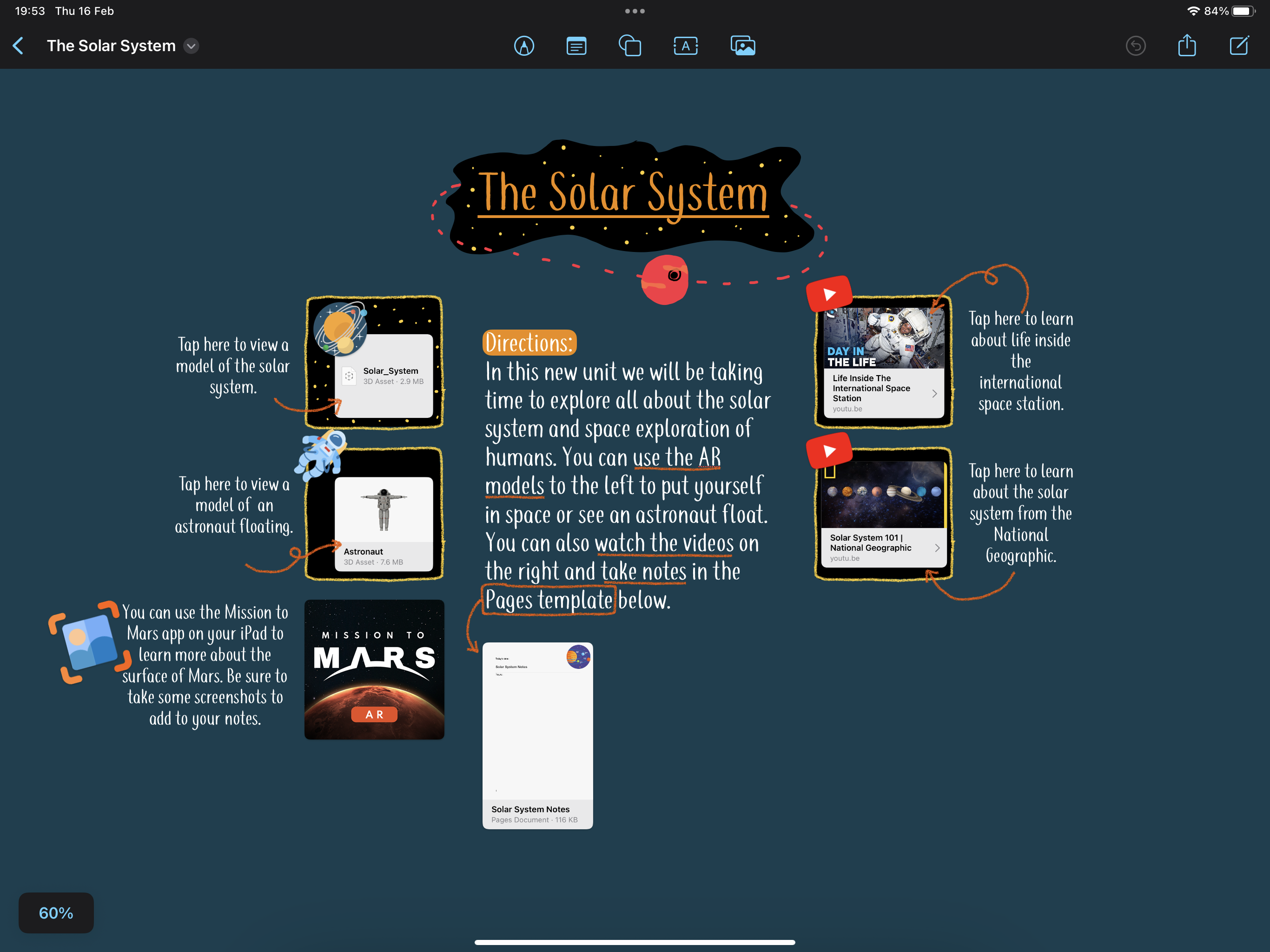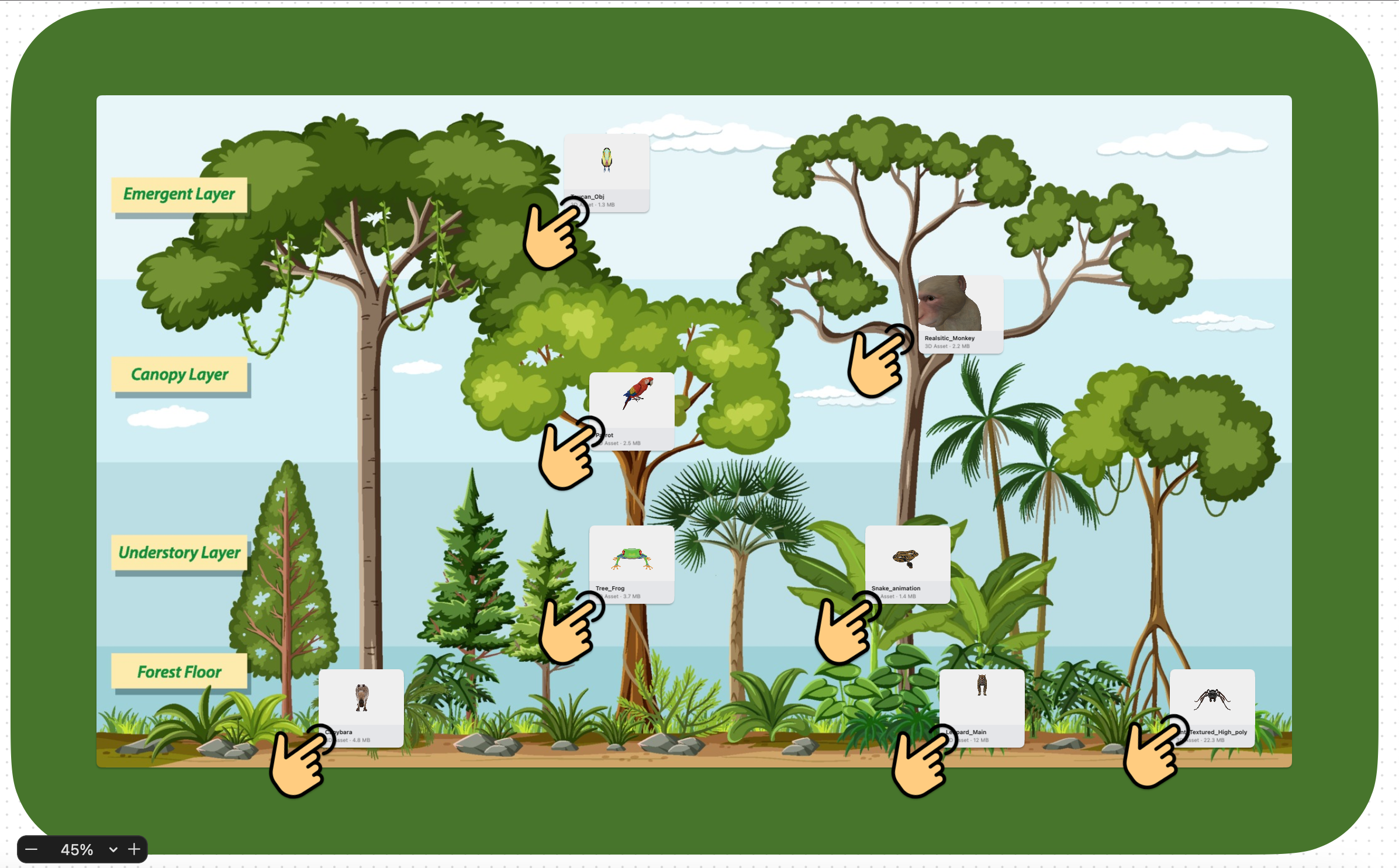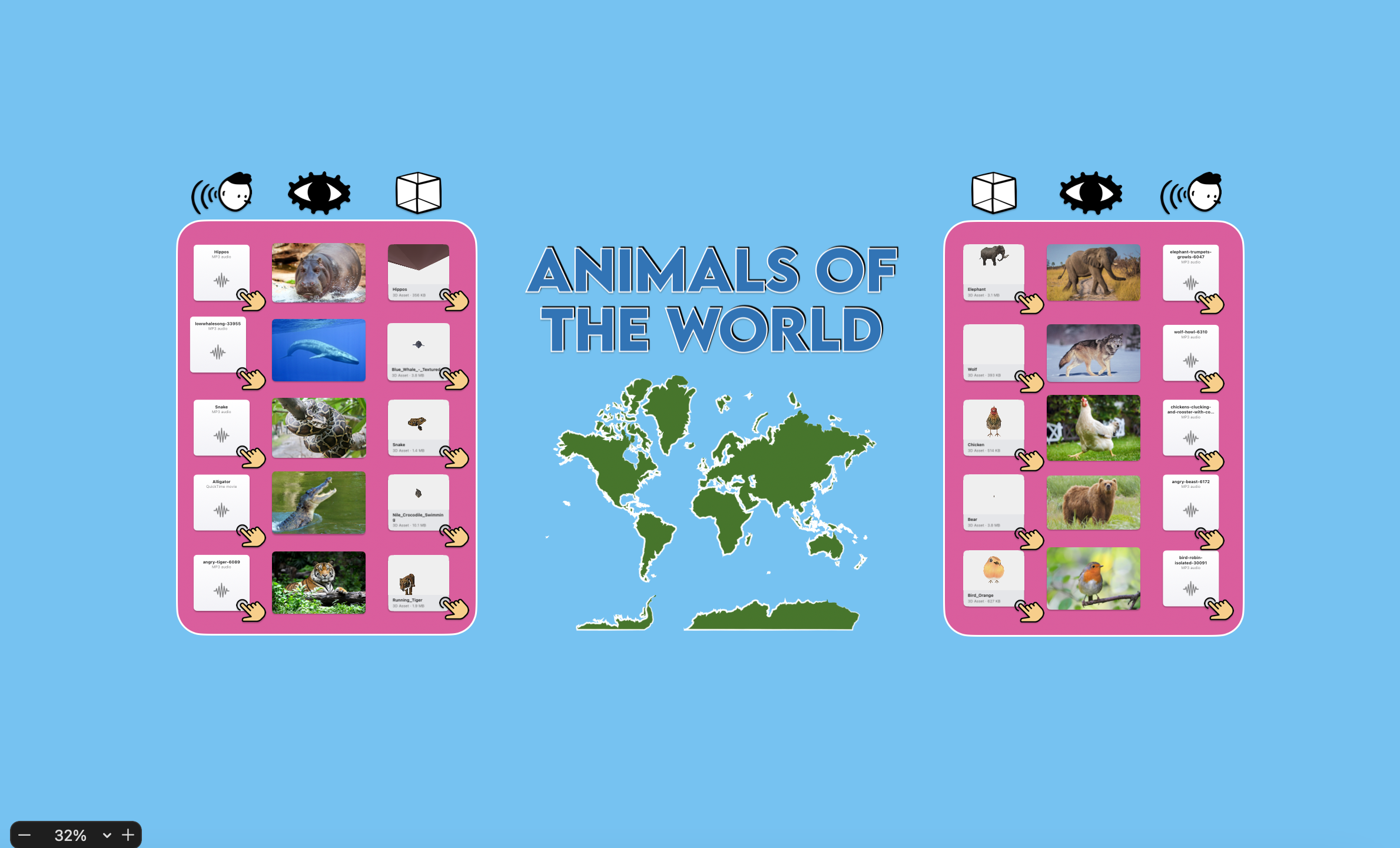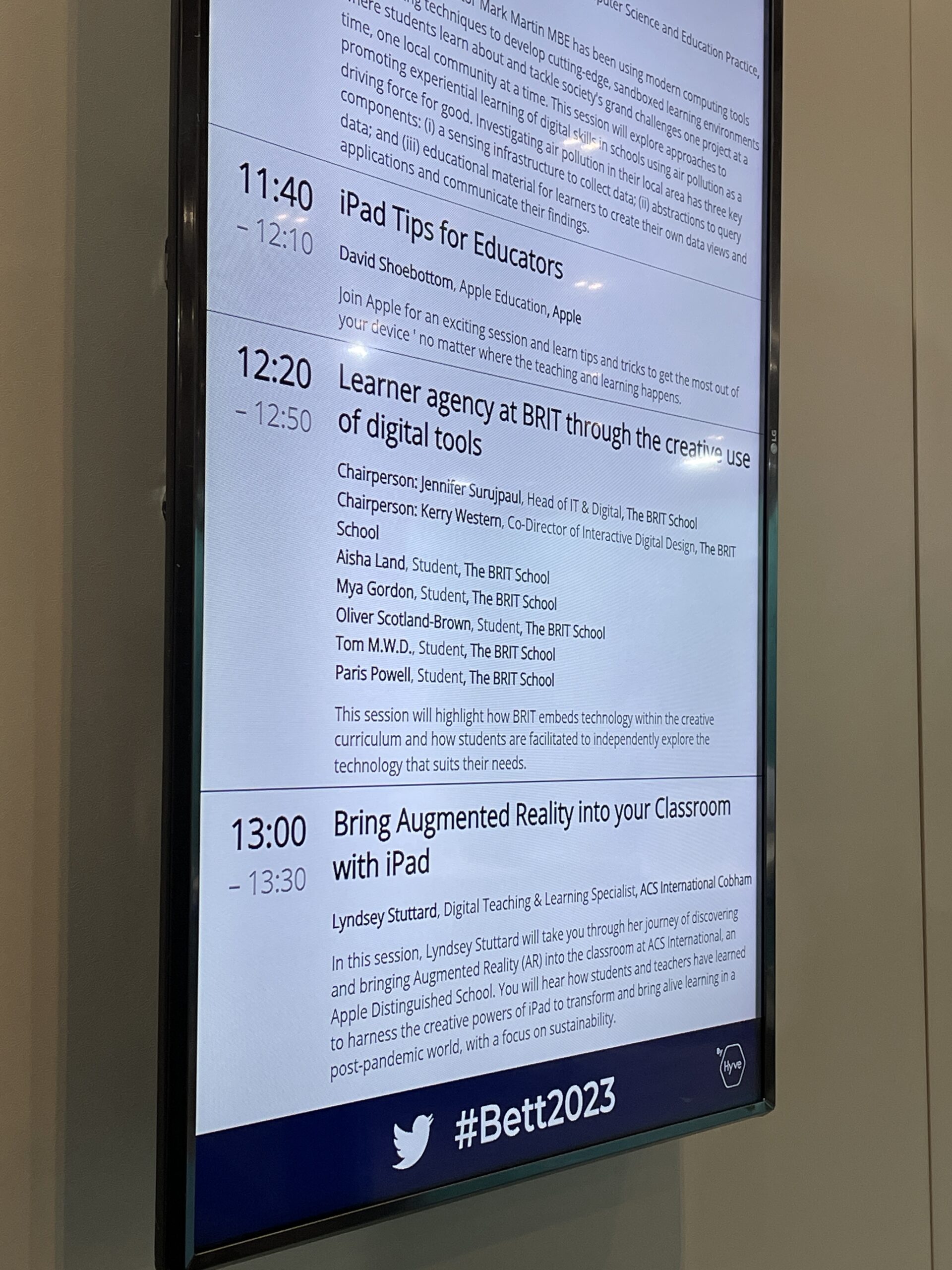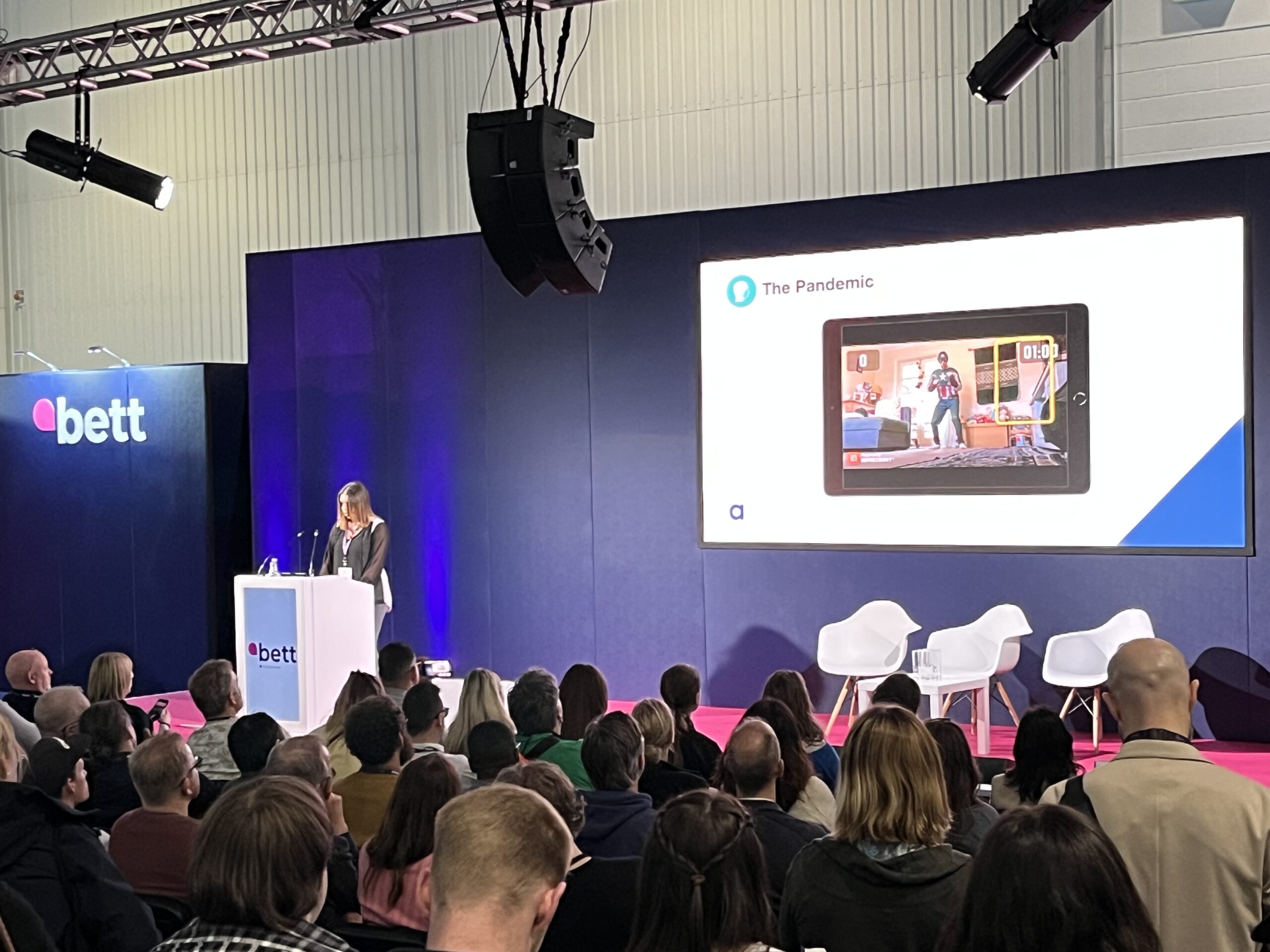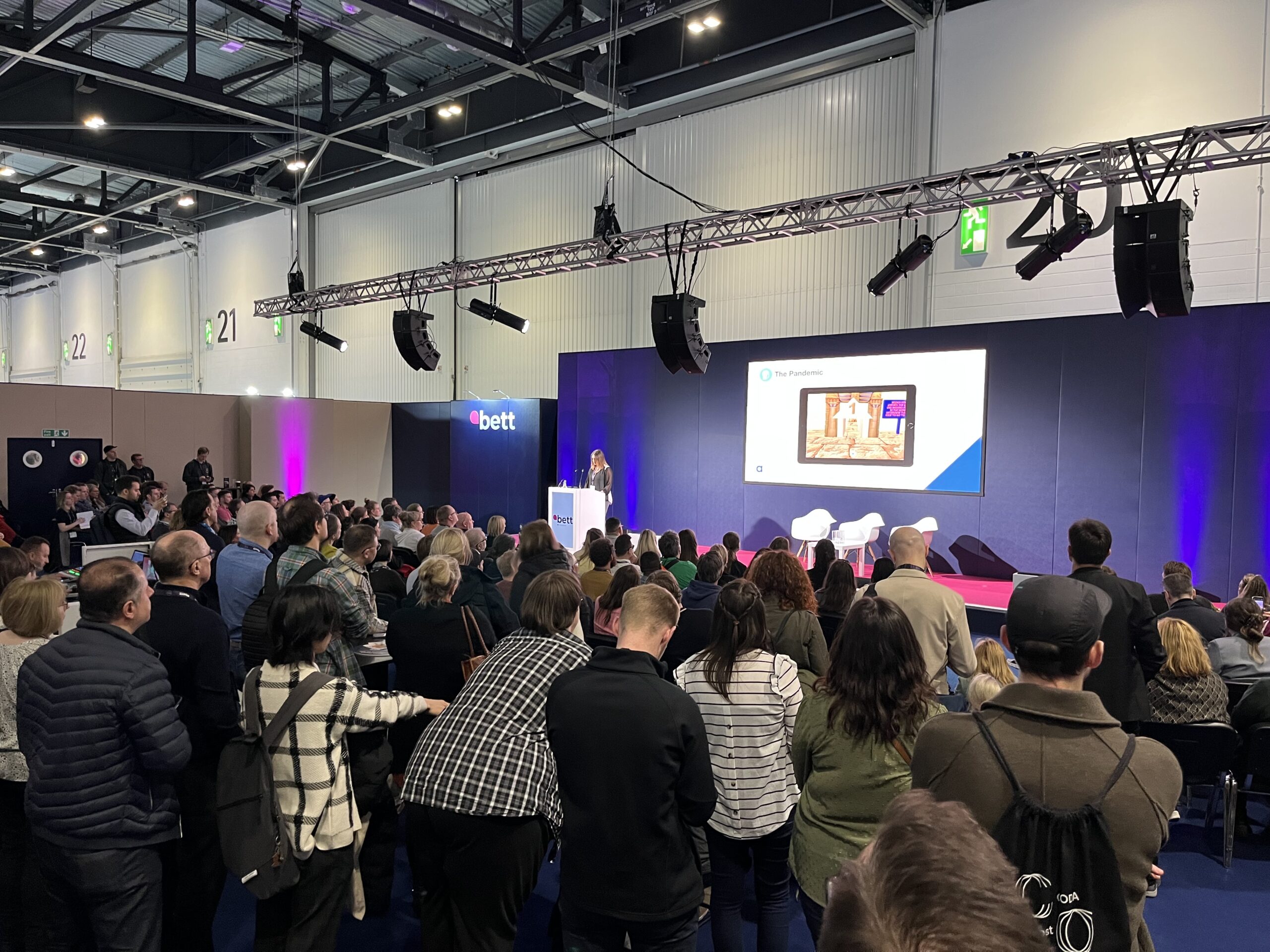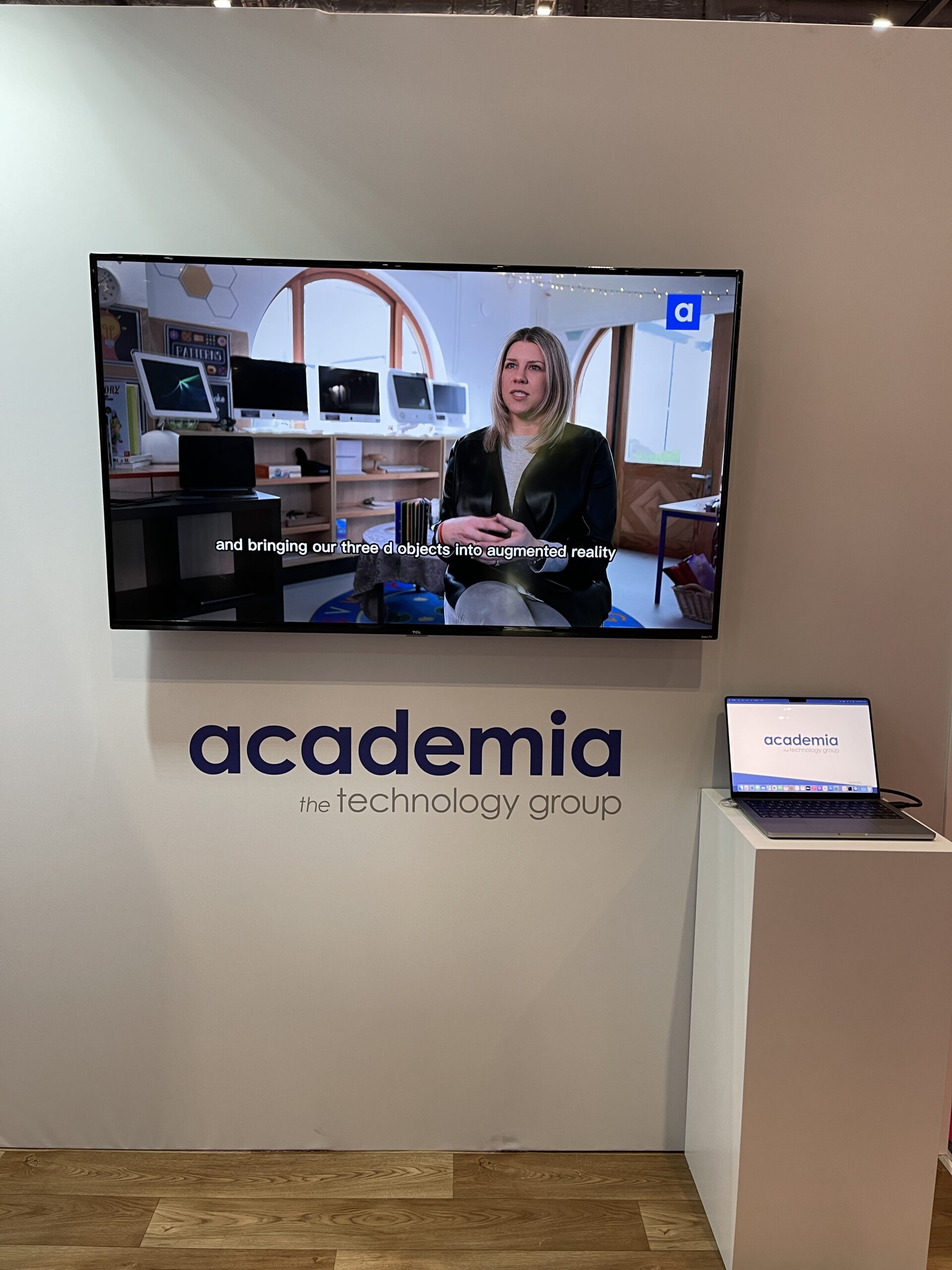
Artificial Intelligence in Ed Tech Clubs for Students
This year kicked off the very first uses of Artificial Intelligence in our lunchtime ED Tech clubs. In September we launched three clubs, each that would afford students the chance to work with AI: Food Tech Club, Digital Design Club, and Makers Gonna Make Club. We started out by incorporating MagicSchool AI to allow students the chance to discuss their ideas with a customised chatbot, as well as making use of the Adobe Image Generator to support the realisation of projects. While the current uses of AI in education are mostly focussed on supporting how teachers teach, creating resources, and reducing workload, I am interested in pursuing the more purposeful use of AI, looking at Modification and Redefinition of learning opportunities alongside the SAMR model. I want my students to think outside the box when it comes to using AI, not just tapping into its abilities to tutor or guide the development of content understanding, but thinking beyond that, and experimenting with AI in this way through clubs has proven to be extremely beneficial in trial and error of approaches. Below you can see some examples of how AI image generation supported my Food Tech Club students in developing a prototype for a biscuit box. Some students were not able to visualise the potential for their box, making the images seem photo realistic.
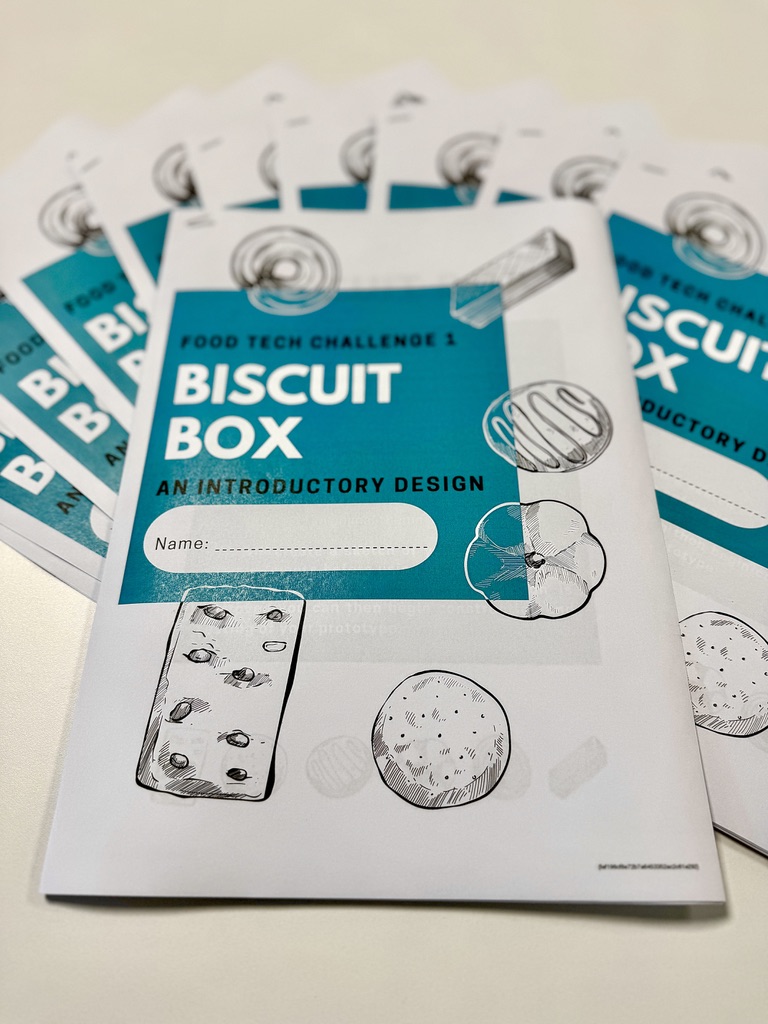






Exploring the Rainforest through Technology & Innovation
For the last unit of the year for Pre-K, the students embark in learning about the Rainforest as a vital ecosystem that needs protecting. Over the course of several weeks, the students create shoe box dioramas, design animals for a classroom display, learn about the layers of the Rainforest, and even take a trip to a living Rainforest. This year we also introduced a vertical planter to simulate a tree – showcasing plant growth & food we get from the Rainforest through growing leafy basil as the forest canopy and strawberries as the thriving forest floor. As part of their Digital Skills lessons, alongside the content being covered in the home classroom, we do a deep dive into Augmented Reality using 3D animals and the WWF Rainforests app to bring the ecosystem right to the students. We start by exploring 3D animals in the app Freeform, giving secure and easy access to common animals found in the Rainforest for students to interact with. It also provides great practice for taking photos of animals, as this is a task they will undertake with their iPads during their trip to the living Rainforest. We then progress one week at a time into the WWF Forests app, which allows users to explore through AR the different parts of a Rainforest one chapter at a time, collecting items that are hidden and learning more about this vital ecosystem. The culminating summative assessment is for this unit is for the students to design their own Rainforest in AR, screen record their forest on a “walk through” guided tour, and add it to a digital Book Creator project. View the photos of our project to the right!
#25DaysofAR Challenge is back!
In 2019 I embarked on a personal challenge to learn more about Augmented Reality to see what connections to education could be made to allow AR to be brought into the classroom. This challenge was affectionately called #25DaysofAR, with all results shared on X (Twitter). I am pleased to share that this challenge is back after some time away. You can follow me on X @innovate_2_EDU to join in, or check here each day for a new challenge to be posted every day. Why not give it a go!
Day 1 – Set the Scene
Day 2 – Build a Snowman
Day 3 – Delightful Decor
Day 4 – Spinning Snow
Day 5 – Slippy Snowballs
Day 6 – Fancy Dancer
Day 7 – Chatty Nutcracker
Day 8 – Carol of the Bells
Day 9 – Winter Trail Part 1
Day 10 – Winter Trail Part 2
Day 11 – Winter Market Part 1
Day 12 – Winter Market Part 2
Day 13 – Gingerbread House
Day 14 – Christmas Carolers
Day 15 – Inside the Igloo
Day 16 – Flying Reindeer
Day 17 – Reindeer Snorts
Day 18 – Santa’s Grotto
Day 19 – Stop the Grinch!


August, 2023
This past summer I spoke at the Festival of Learning and shared about my work with AR. During this talk, I touched on my viewpoints about the role creativity plays in education. As a student I viewed creativity as something reserved exclusively for the specials during the day that permitted it (art, theatre, music, etc…); hardly ever touched on in the “traditional” subjects. As I have become an educator, and the mindset has shifted from student to teacher, I have reflected on my personal learning experiences as part of honing my craft. Upon that reflection, I found that any regular subject that happened to incorporate creativity into the curriculum was not only more engaging for me, but also I was more likely to succeed. Creativity is something I think many of us start to lose a connection to as we grow up. As children using our imaginations and being creative is second nature. Coming up with imaginary worlds, bringing our toys to life in our stories, and whiling the hours away drawing and painting. Now that I am a teacher, I have always wondered why so many in education reject the idea of bringing creativity into the classroom, particularly in the upper grades. One of my wonderful colleagues Mat Pullen once did a workshop for my teachers where the following idea was floated:

“Creativity = Accessibility”
As Mat put it, the more creative tools we are our students with, the more chances they have to access their learning. Since hearing those words, they have resonated deeply with me. To put it a simpler way, when we harness the creative tools at our disposal, we provide more access pathways for our students. Creativity in whatever form it takes, can provide access for students to not only the curriculum, but can also provide access to new ways of sharing their knowledge with their teachers. Following this training with Mat, I spent some time creating a graphic that would help me explain my newfound thoughts to my senior leadership team. What was born became known as “Access to Learning Framework” or “ALF” (not the 80’s TV show). This framework breaks down creativity in education into two categories: Sharing the Content & Sharing the Understanding. By devising these categories, we can then begin to address the various ways that our students take in or “access” information, and the ways that they can share their understanding back to us.

“Creativity is Key”
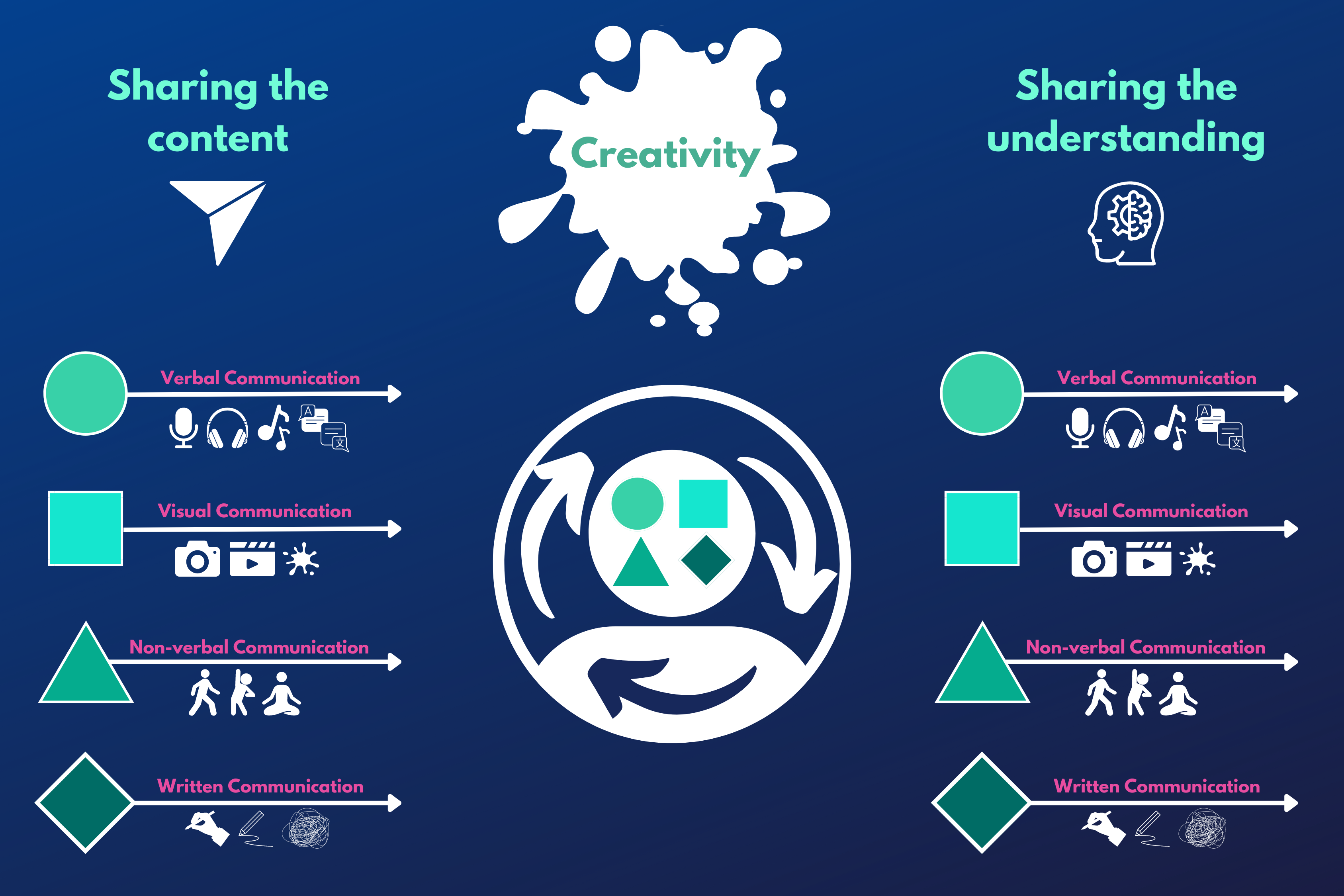
“Access to Learning Framework”
Following the framework, if we consider our students in the middle, they are accessing the content in a way that best suits them, but those input pathways can change on a daily basis, based on outside factors such as family concerns or issues with friends. The more pathways we as teachers can provide, the more chances we offer for access to occur. Additionally, once students have accessed the information, they then spend time processing it, determining how to categorise and make sense of it. Finally, in order for teachers to assess a student’s learning, we then require them to convey their understanding back to us. However, if we limit their pathways to share this information by always requiring the same output method, we are preventing our students from truly showing what they know. For example, a student that struggles to get their fast paced thoughts out through typing will find essay writing difficult and in some cases debilitating. Whereas if we endorse a creative tool to support, such as dictation, we remove a barrier, allowing a student to truly show what they know to accurately assess.
Since creating ALF I have found that this model is the simplest way of encouraging teachers to learn more about their technology to ensure they are giving as many pathways as possible for their students to really connect with the curriculum. Some have been surprised to break down the cycle of education in this way, but after evaluation have found it to be supportive of what they are already implementing in the classroom. Others have had pause for thought, or moments of reflection, recognising that they themselves prefer a specific communication method over others, without realising that this might be causing unseen barriers in the classroom. Think for a moment, do you prefer one communication method over others? Why do you think that is?
After using ALF, teachers report being more cognisant about ensuring there are multiple pathways that creativity is supporting. This might be a small change such as providing visuals alongside text to help create more meaning. Other bigger changes might be to voice record instructions of common processes and making them available on demand to students. Now that I have explained a bit about ALF and how we use it, what are your thoughts?


August, 2023
As a new academic year approaches, and the start of my 19th year in education, I’ve been reflecting on my career thus far, thinking recently about the opportunities I have had to share my pedagogical beliefs and ideas. Given that I largely feature technology, specifically creativity and AR in education, this has led to a question that has been rattling around my brain:
“How do we measure success?”
When I ask this question to myself, or anyone in education, I am not talking about the standard methods of measurement, such as data collection through tests and exams. Education to me is so much deeper than just valuing success as being able to pass a test and get a grade. How do we as educators know that we are helping our students to become successful in life? It is not an easy question to answer, and might make some people feel uncomfortable to think about. It forces us to reckon with what we value in education itself. Do we look at standard rote memorisation skills that students can develop as success? Some of us might, because that was what we were taught to value as students ourselves. From my experiences in the classroom as a teacher, I see tests as a waste of time for those that are not academically inclined. Let’s put this another way…where in life beyond the classroom do we encounter tests that require us to regurgitate answers for a grade? The only answer I can come up with is getting your driver’s license. Beyond that, the ability to test well isn’t a life skill we place any true value on.

Effort vs. Knowledge
I think about businesses and corporations, and how they value their employees. There will be differences clearly between good companies and bad companies, but the good ones are valuing effort and ideas, over output and production. The same principles should be applying to education; in the classroom we should be placing a higher value on an individual’s efforts over what their scores in “compliance” are. That is how we are currently measuring student success: compliance. It is uncomfortable to think about, but inside we know it to be true in the way the education system is designed. Our assignments and tests and exams are all measuring compliance in students. When I say compliance, I mean getting students to regurgitate information they’ve had to hold in working memory, rather than provide opportunities to “show what they know” which taps into knowledge at a deeper level. Students want to feel that the work they do in school is contributing to the outside world, they want to feel that their work matters. Can tests and exams truly be the way to measure that contribution to society? Do we as teachers honestly care about the test scores our students from previous years earned? For me at least the answer is no. I measure true success through seeing students apply their knowledge to solving problems, advocating for themselves, and building a skill set that will be transferable across industries. That is why I “preach” about viewing creativity as accessibility. Creativity in schools provides a flurry of pathways for students to not only access information, but share their understanding and knowledge in ways that best suit them.

Keen to be Curious
Following the early reading of “The Innovator’s Mindset” by George Couros, one of his key points from #InnovatorsMindset was, “If students leave school less curious than when they started, we have failed them.” This struck a chord with me, echoing my own beliefs about the nature and purpose of education. Students were never empty vessels waiting for adults to fill the world’s knowledge into them; instead they are open minds that are keen to know more, but it is our system that forces them to lose that sense of curiosity. Bringing provocations and open ended learning opportunities into the classroom can tap into that sense of curiosity, inviting students in to ask questions. It is through those open ended opportunities that we see what students connect to, how they approach the unknown, and in what ways they solve problems. Teachers need to be able to break away from the normal structure of a school day that is expected, and instead be free to provide opportunities for curious discovery to occur. The truth of the matter is that it is the system that is doing a disservice to the current and future generations of leaners, forcing them into compliance so their output can be easily measured inside a neat little box. But for me, true success is knowing we have done our absolute best in preparing students for a world that is uncertain and undefined, knowing they will not only be able to function and survive, but thrive.

Festival of Education
June 2023
The Festival of Education is a two day event hosted at Wellington College in Crowthorne, UK, this year on July 6th and 7th. With over 300 speakers and an anticipated audience of well over 5,000, the festival promises to be an incredibly exciting event for those in education. Speaking on behalf of Academia group, my talk will be on the subject of Augmented Reality in Education, building on what was shared in my talk from the BETT 2023 conference. For more information about the conference and my session you can click the image below.
I had a wonderful time at the festival sharing my journey all about Augmented Reality and the progress I’ve made these past 4 years. AR has allowed students to not be passive consumers, but active creators in designing virtual experiences as a method of sharing their understanding and knowledge.

Excitement & Accolades
June 2023
Some exciting news! I am delighted to share that I was recently nominated and shortlisted for several education/digital awards by my school. Even more exciting was winning and placing in a few of those awards. Teachers don’t get into teaching to be recognised. We do it to make a lasting impact & difference in the lives of our students. Thank you to the all of the amazing teachers I’ve worked with these past four years who welcomed me into their classrooms, shared in their projects with me, and allowed me to coach and mentor them through COVID, lockdowns, and hybrid learning scenarios.

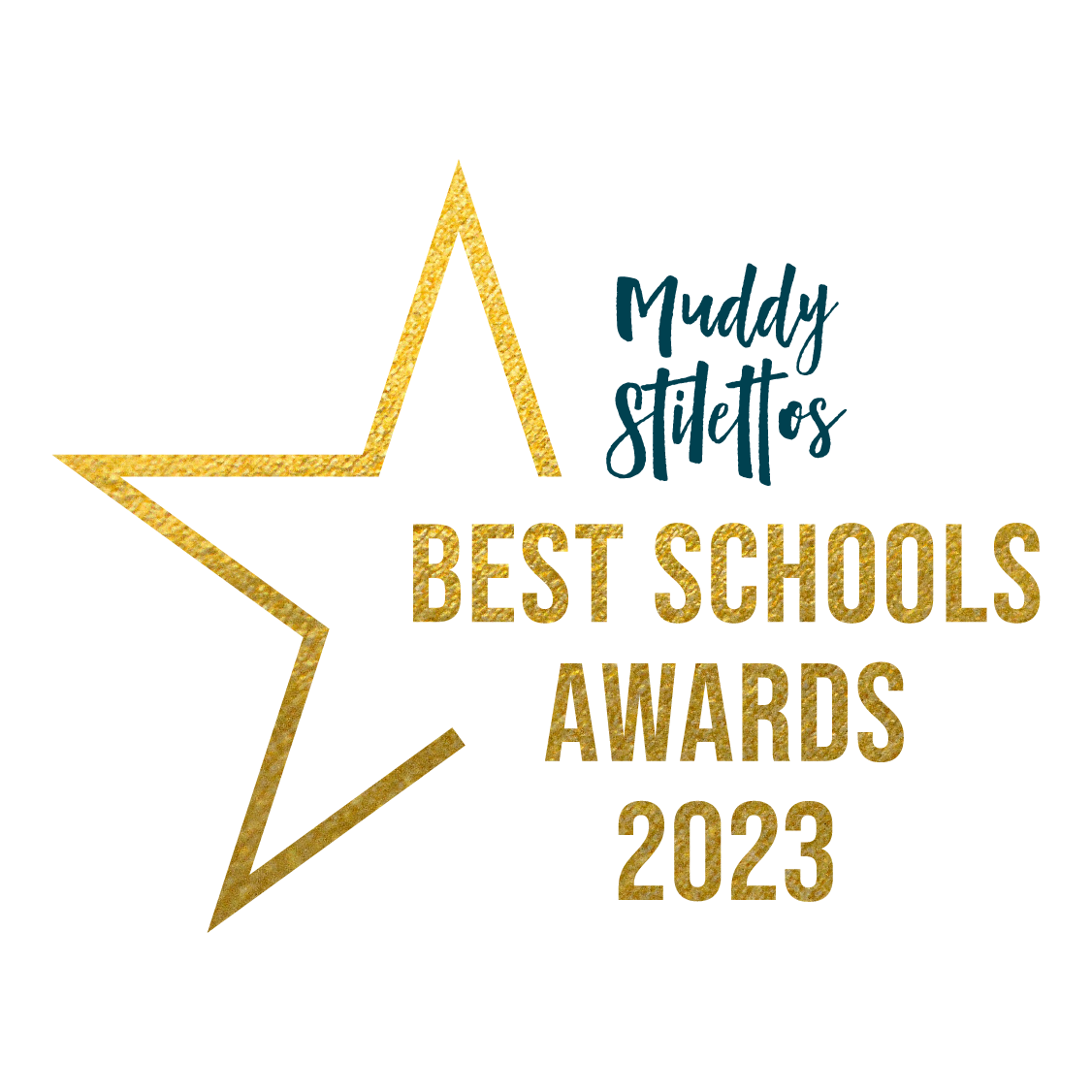
I am currently a Silver Winner of the Pearson National Teaching Awards 2023 for Digital Innovator of the Year. This puts me in the running for the Gold Winner award in November 2023.
A very unexpected placement was as runner up in the Global Ed Tech Awards, for the category of Most Impactful Senior Leader. This was a wonderful awards ceremony to be a part of; I particularly liked the personal feedback I received as well as the fact that the awards were anonymous.
ACS Cobham International was nominated in the Muddy Stilettos Best Schools Awards for a second time, in the category of Most Innovative Technology-Led Teaching, this year placing us as finalists. While we didn’t win the overall title, being a finalist was a great achievement for the team.

Augmented Reality in Freeform
May 2023
Like many Apple Educators, I have spent the past few weeks exploring and experimenting with Freeform to see what educational benefits and connections it could offer. For those that are unfamiliar, Freeform is the latest app from Apple that works similarly to an interactive whiteboard. It allows a user to create a board and populate it with a plethora of options, ranging from media and web pages, to YouTube videos and document files. My most recent excitement about Freeform has been because this tool allows you to do what other Apple apps don’t, and that is house and view Augmented Reality files in one place. In the process of this exploration, I found a way to link this tool to an unlikely user group: early childhood students. Freeform used in my way acts as a “single source of truth”, housing all different types of resources in one file. An easy way of combining multiple resources in one place for younger students to locate and use. Take a look at my sample Freeform board that I will be using alongside our Kindergarten students for their Polar Animals research unit Additionally, scroll further down to see some additional Freeform board ideas!
In the sample Freeform board above, students can easily access all of their learning materials from one easy location. For this Unit Topic on The Solar System all the required access to resources are housed in a single reference location, rather than multiple links shared via platforms. Students either get their own copy of the board, or are invited to collaborate on the board. This provides a gateway to Freeform on their individual devices. If accessing from iPads, students can also view added AR files without navigating away from the board. In the video to the right you can see an Early Years student utilising Freeform with an Animals of the World board, that provided easy access to animal photos, audio and AR files.

BETT Conference
April 2023
At the end of March, the wonderful BETT conference descended on London, with thousands spending 3 days exploring, connecting, and getting inspired by the incredible tech on show and speakers sharing their experience. I was delighted to be asked to speak in the Teaching and Learning theatre this year on behalf of Academia group. My talk was focussed on sharing the work accomplished in the past 4 years with Augmented Reality at ACS Cobham International School.
In addition to speaking and sharing a core focus of my work, my students from Digital Design Club were also invited by Academia to present their Augmented Reality designs on the stand. This was the first time that students from ACS had attended and presented original works to the large international audience. Their designs (solutions to some of the United Nation’s Sustainable Development Goals) were well received by the audience in attendance and passerby. We are looking forward to taking the club to BETT 2024 not only to present but also to compete with our designs.

Year in Review
January 2023
2022, what a maze you were, but with some unexpected positive moments hidden around the twists and turns I navigated this year. There were so many wonderful opportunities that manifested, from presenting at BETT and finally meeting face to face with some of my amazing “Create for a Cause” colleagues, to helping my second school secure Apple Distinguished School recognition, and becoming an Apple Professional Learning Specialist, it was surely a busy year. Here is my year in review on 2022!






